Can we work hard at padel and preserve themselves? Can injuries be avoided when practicing padel ? If the "bobos are part of the life of a high level athlete", You will see that we can nevertheless avoid them or at least mitigate them if we manage to know well / prepare his body.
Are injuries sometimes preventable? Jean-Luc Charrier, Professor of biomechanics (Knowledge of movement) at the Toulouse Institute of Osteopathy (ITO) and osteopath, among others for the French Open of Padel and the Intercontinental Cup of Padel returns to these subjects often discussed between high level players.
Padel Magazine : “Before getting to the heart of the matter, are you a practitioner of padel ? "
Jean-Luc Charrier: “I played at padel at the Hers club and in particular with Laurent Combes, the former coach of the France team of padel in the years 2005/2010.
So I took care of the women's team of padel about ten years ago.
Meeting Claude Baigts allowed me to embark on padel with Laurent. Since then, I have been near or far in the padel.
I returned to work in the padel since the French Open of padel on the Place du Capitole in Toulouse. And here I am in Morocco in Dakhla, at the Intercontinental Cup of padel where we try to cure sores. ”
PM: "Why do players come to you in general?"
JLC: “In general, the players complain of lower back pain. But also pain in the shoulders, ankles, hips, neck even sometimes. These are most often pains generated by over-stressing the joints, a consequence of the sport itself, since it is a racket sport. You can also play on a relatively hard surface, even if at padel we play on grass.
The specificity of padel is that the players have more joint problems than sheer muscle pain like straining, contractures, tears. ”
PM: "What to do to prevent these pains?"
JLC: “It's always complicated. These players on these competitions like the French Open of padel or the Intercontinental Cup of padel can be considered high level athletes. And the problem is that they do not always have the appropriate medical follow-up. Assessment: At one point, it gives way.
In the high level: There are no miracles. We need regular support. It is a cost, but if we want to last and hope to evolve, we must put the package on this necessary and essential medical support to prevent a large number of potential injuries.
Many athletes regret most often not having done the necessary earlier hoping to pass between the drops. And in the end, it costs a lot more physically and financially. "
PM: "You speak to us of high level and also of cost. Can you specify? "
JLC: "The high level has nothing to do with the level or results of the player. This is related to the frequency of training, tournaments and the degree of involvement simply of the sportsman in his sport.
It means that the body is more attacked than normal. A high-level athlete trains, hurts himself, regularly competes in padel. The mistake that a player can make is to think that he is not a top player because he does not have the expected results. But a beginner who trains 4 hours a day, for example 6 days a week, is considered a top athlete. His body is attacked in the same way. We speak of high level when a player regularly and intensively practices this sport.
Finally, the cost is a complicated subject. Obviously, if we can have the chance to have a medical staff at the Roger Federer, this is the ideal. His bodily intelligence allows him to continue playing at an extraordinary level despite the extreme roughness / imbalance of the sport. And we notice more and more sportsmen in many sports that play very well longer.
It is thanks to an optimal physical / medical preparation of these athletes.
Those who are not Roger can also anticipate ailments by going once a month to the osteopath to examine and rebalance what can be. In the end, it is a moderate cost compared for example to the price of a racket of padel, a tournament, a track rental, etc. ”
Following the interview ... HERE:
Franck Binisti discovers the padel at the Club des Pyramides in 2009 in the Paris region. Since padel is part of his life. You often see him touring France going to cover the major events of padel French.
















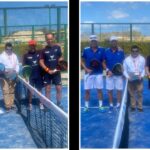
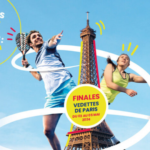
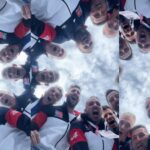
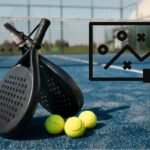
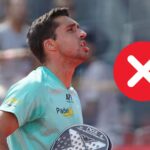
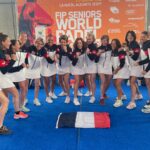













































































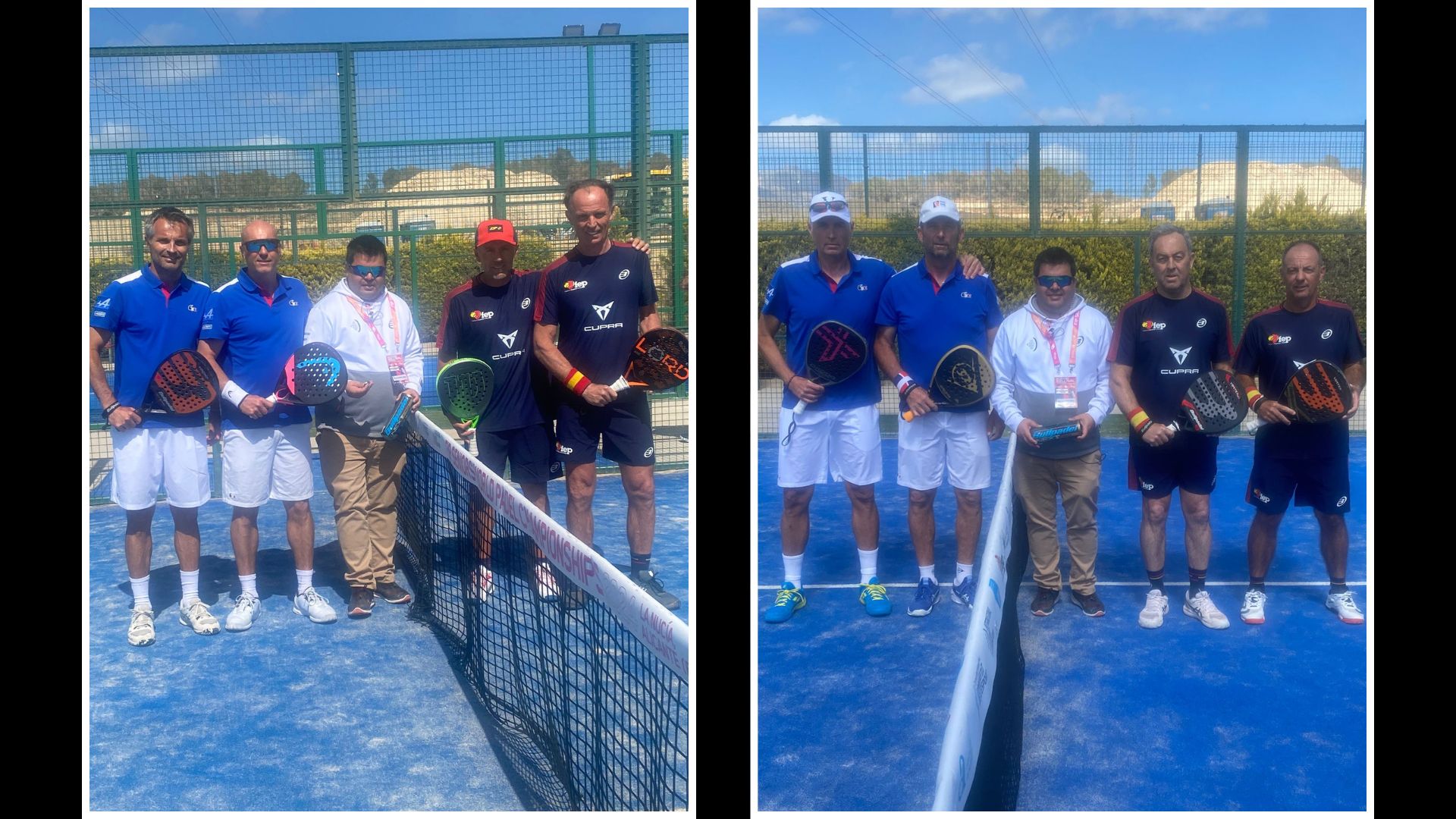 World Seniors Plus 2024 – The French are one point away from the feat against Spain!
World Seniors Plus 2024 – The French are one point away from the feat against Spain!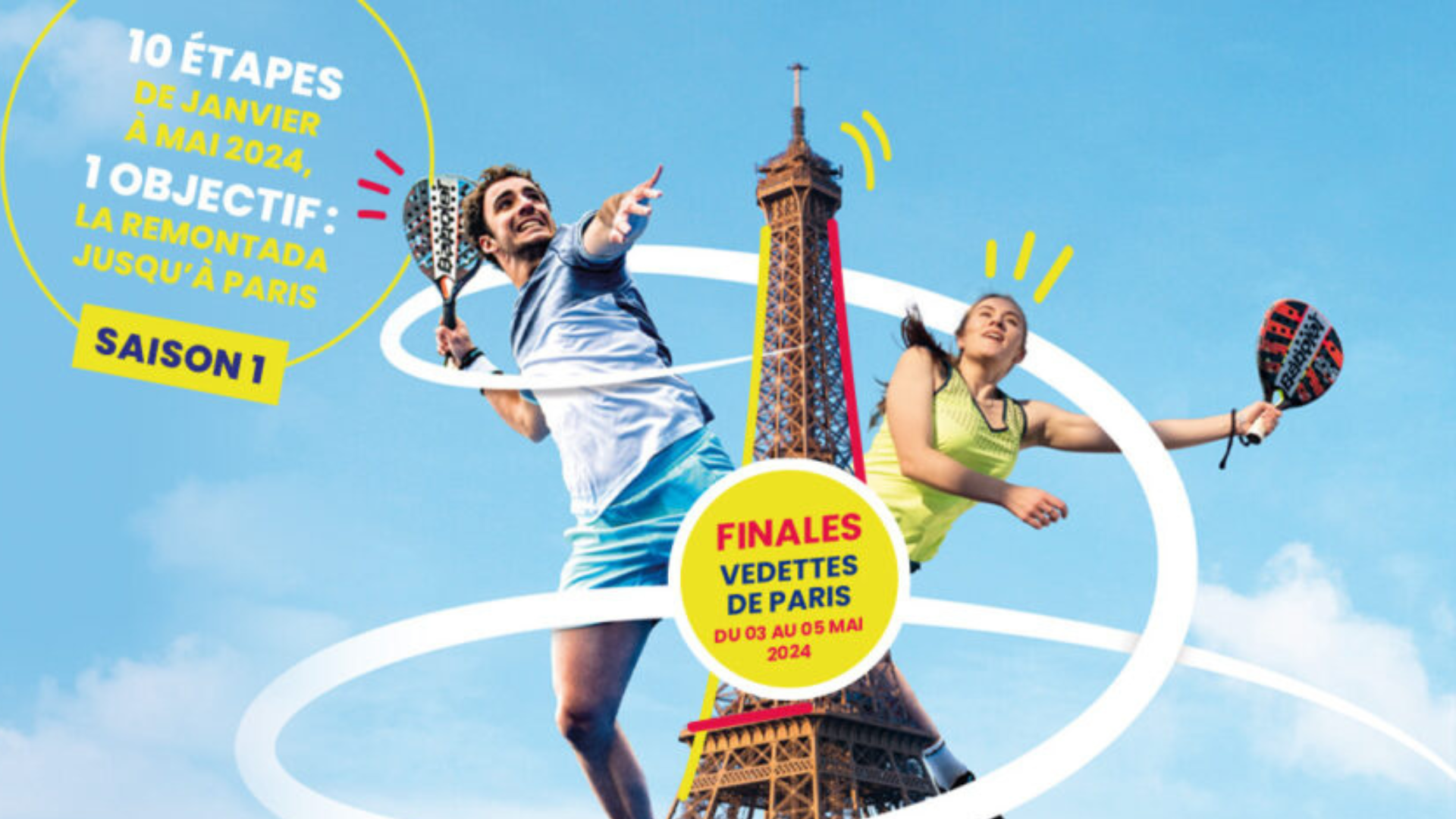 With the “BetClic Remontada Padel ", the padel invites itself for the first time at the foot of the Eiffel Tower
With the “BetClic Remontada Padel ", the padel invites itself for the first time at the foot of the Eiffel Tower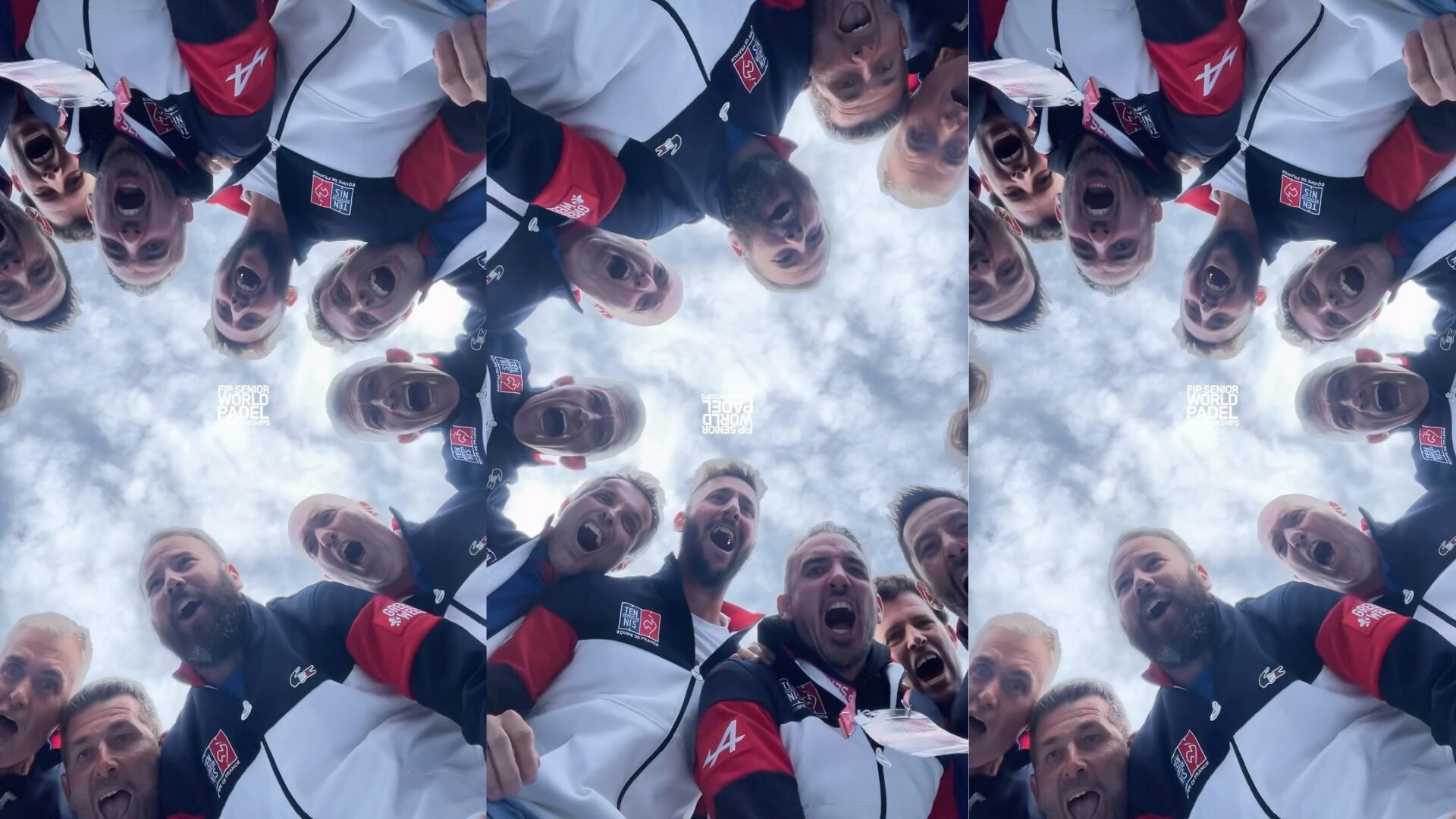 World Seniors Plus 2024 Open (M): Moreau / Maigret and Launo / Lagloire in the final!
World Seniors Plus 2024 Open (M): Moreau / Maigret and Launo / Lagloire in the final!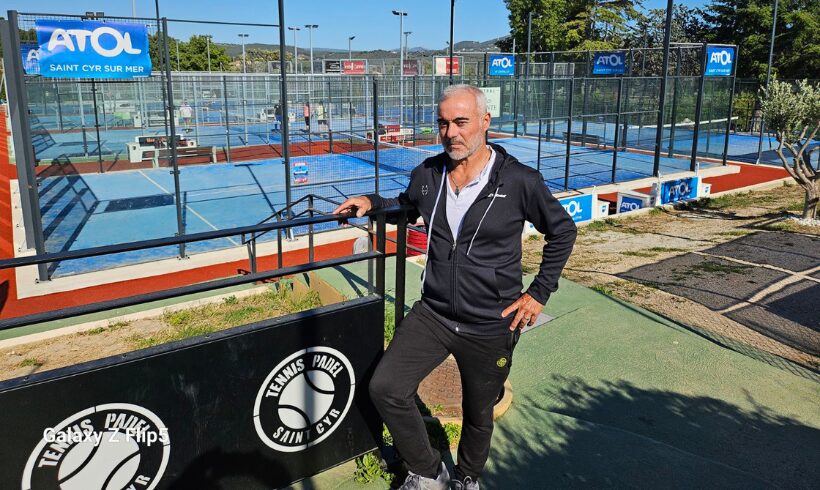 Alain Idier: “Adding tracks of padel, without sacrificing tennis”
Alain Idier: “Adding tracks of padel, without sacrificing tennis”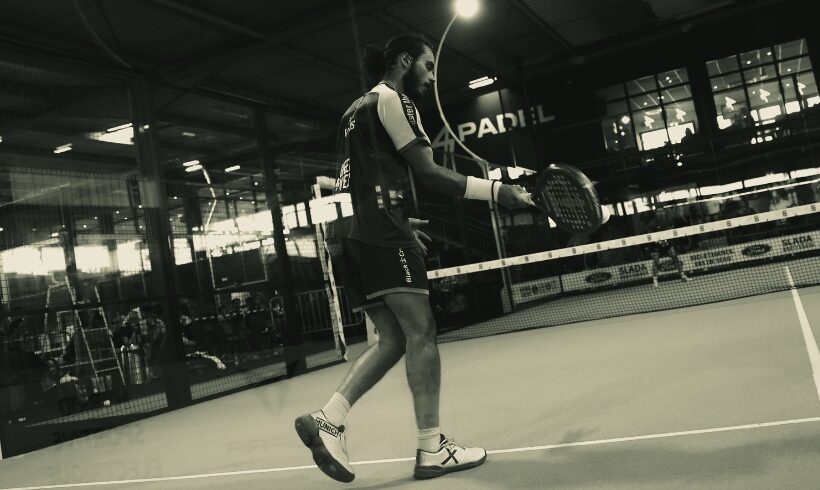 Manuel Vives: “It’s extremely difficult to get by financially”
Manuel Vives: “It’s extremely difficult to get by financially”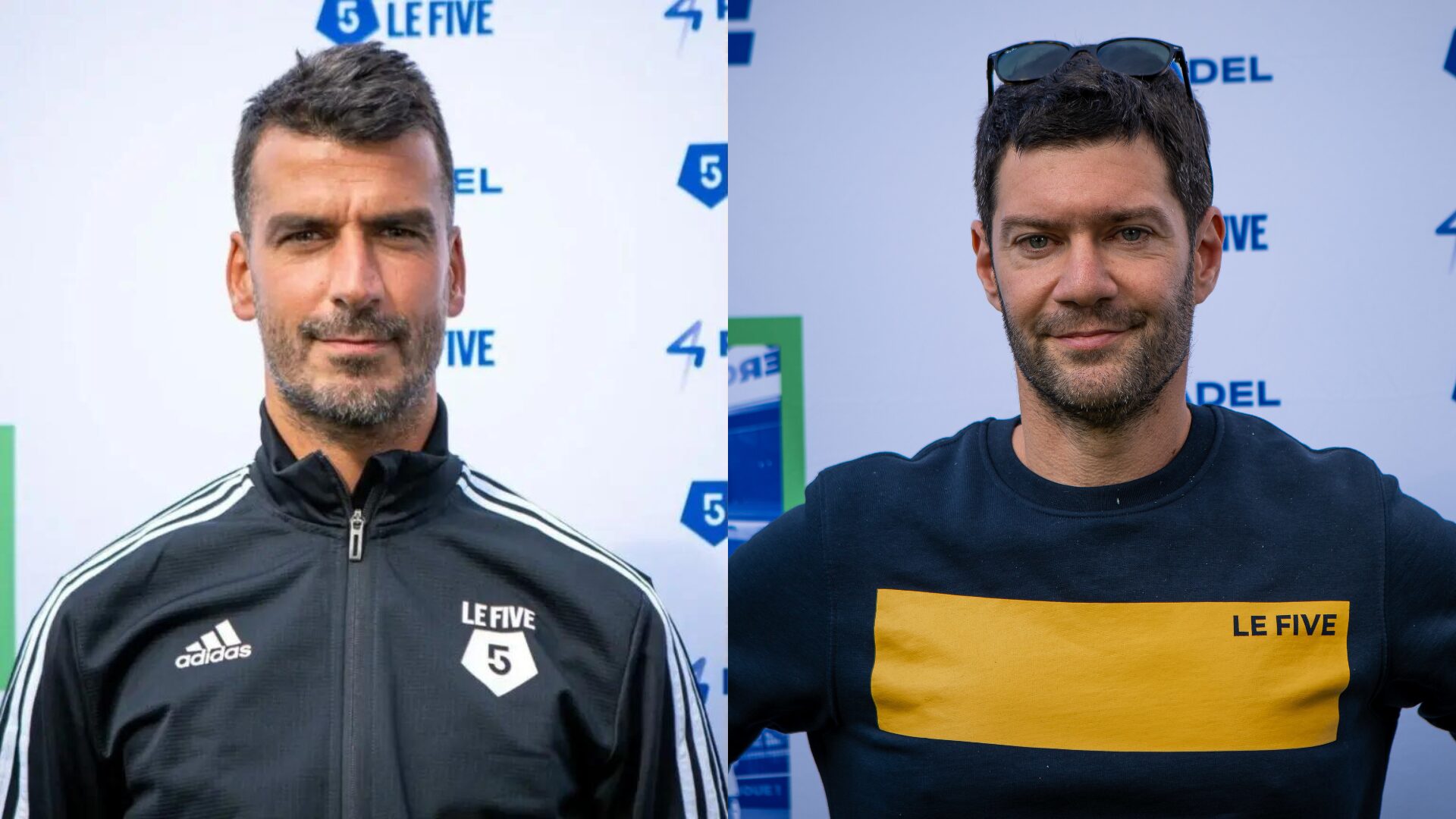 And 4 for Frédérick and Mehdy with network 4PADEL !
And 4 for Frédérick and Mehdy with network 4PADEL !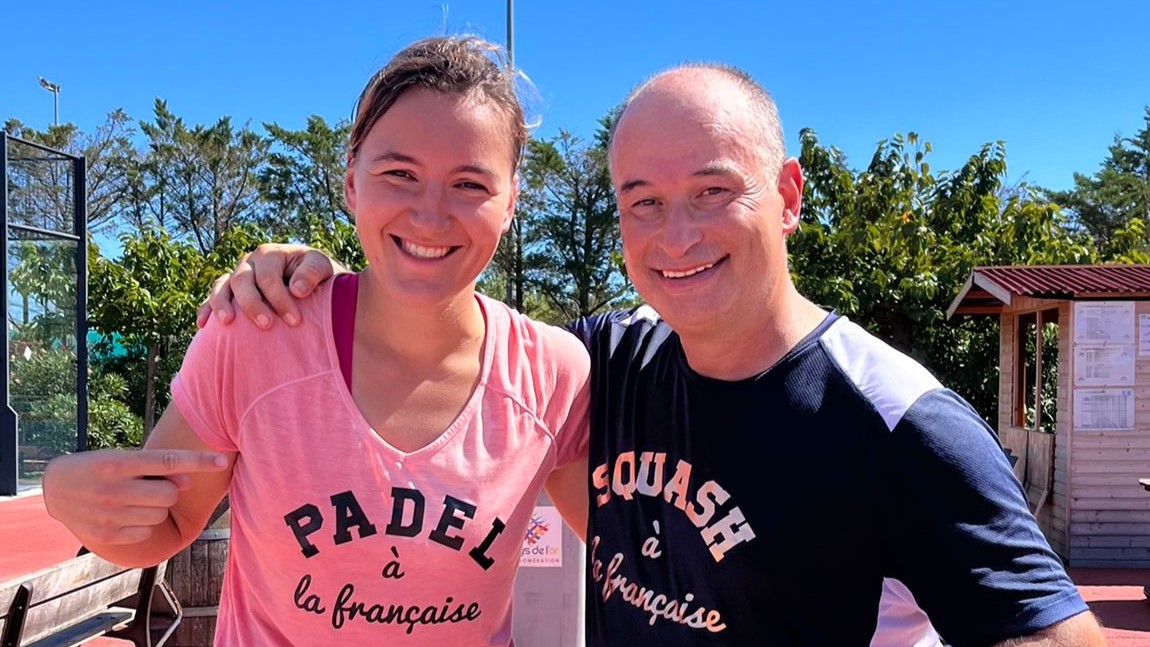 Benoît Letourneau (GM Squash & Padel): “Have a hundred young people in multi-snowshoes within three years”
Benoît Letourneau (GM Squash & Padel): “Have a hundred young people in multi-snowshoes within three years”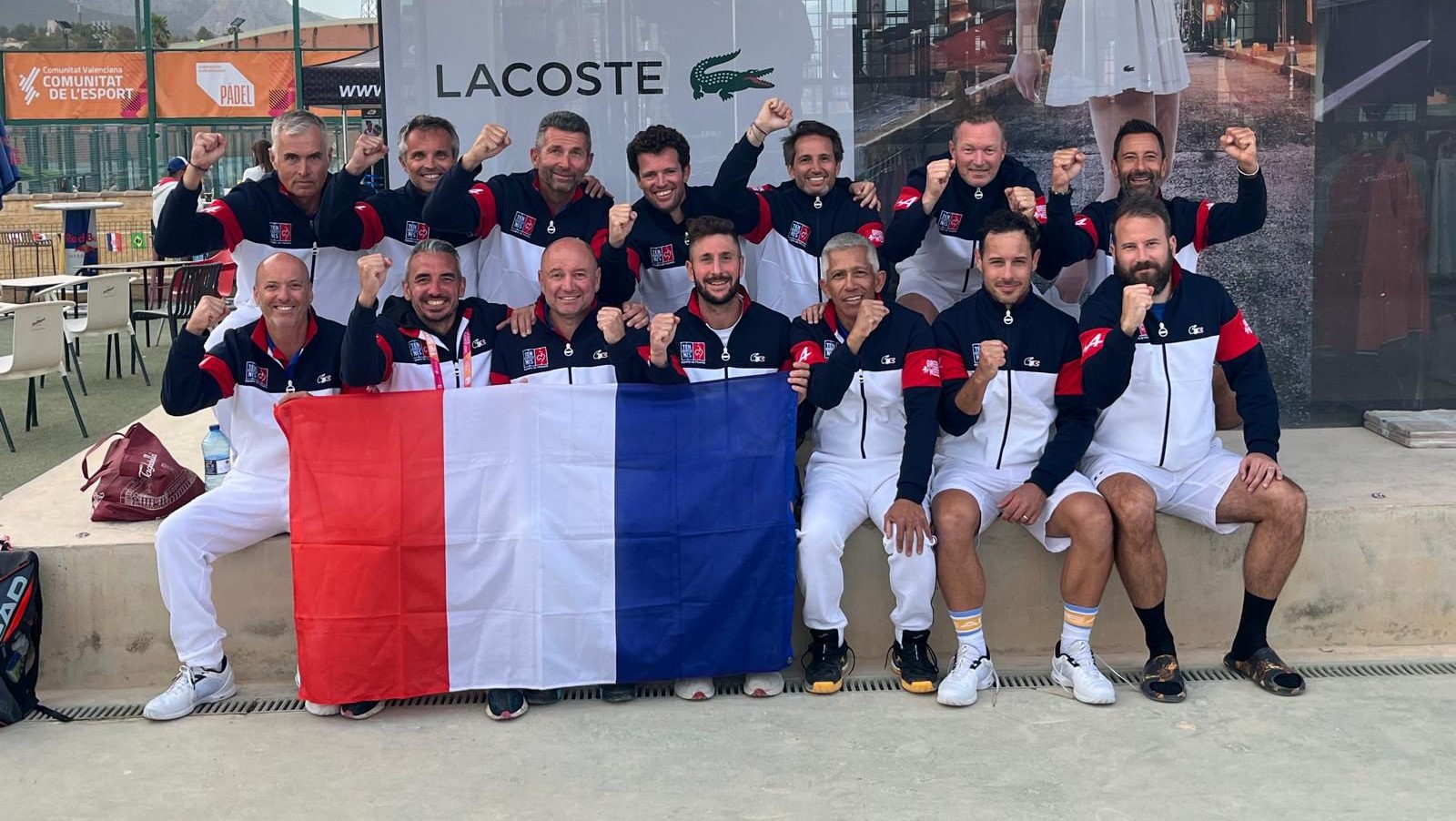 World Seniors Plus 2024: the French in the semi-final!
World Seniors Plus 2024: the French in the semi-final!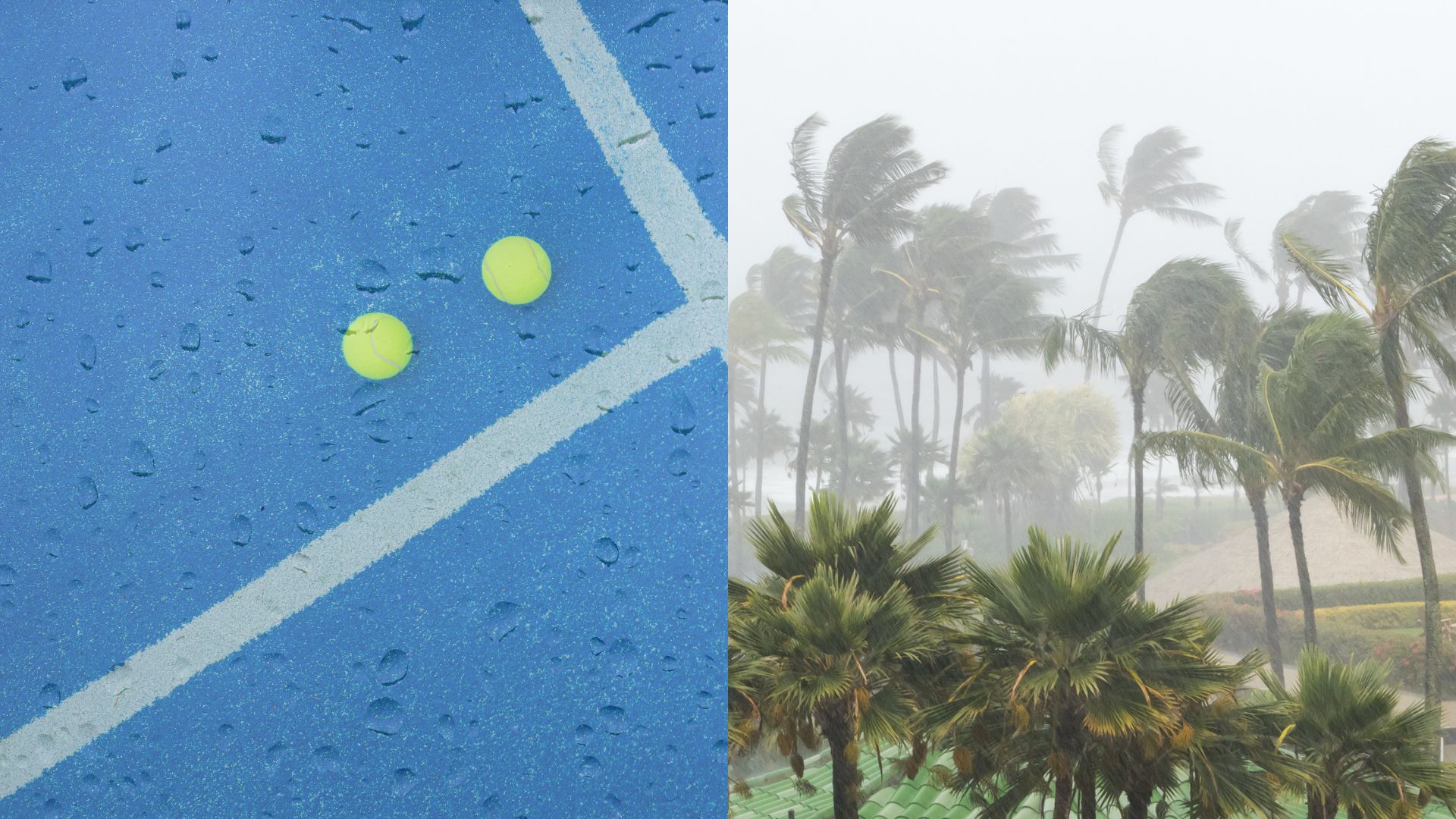 The French Overseas Territories: land of padel and challenges facing humidity and cyclones
The French Overseas Territories: land of padel and challenges facing humidity and cyclones A par 4 is always a winner...even if you manage to defend it!
A par 4 is always a winner...even if you manage to defend it!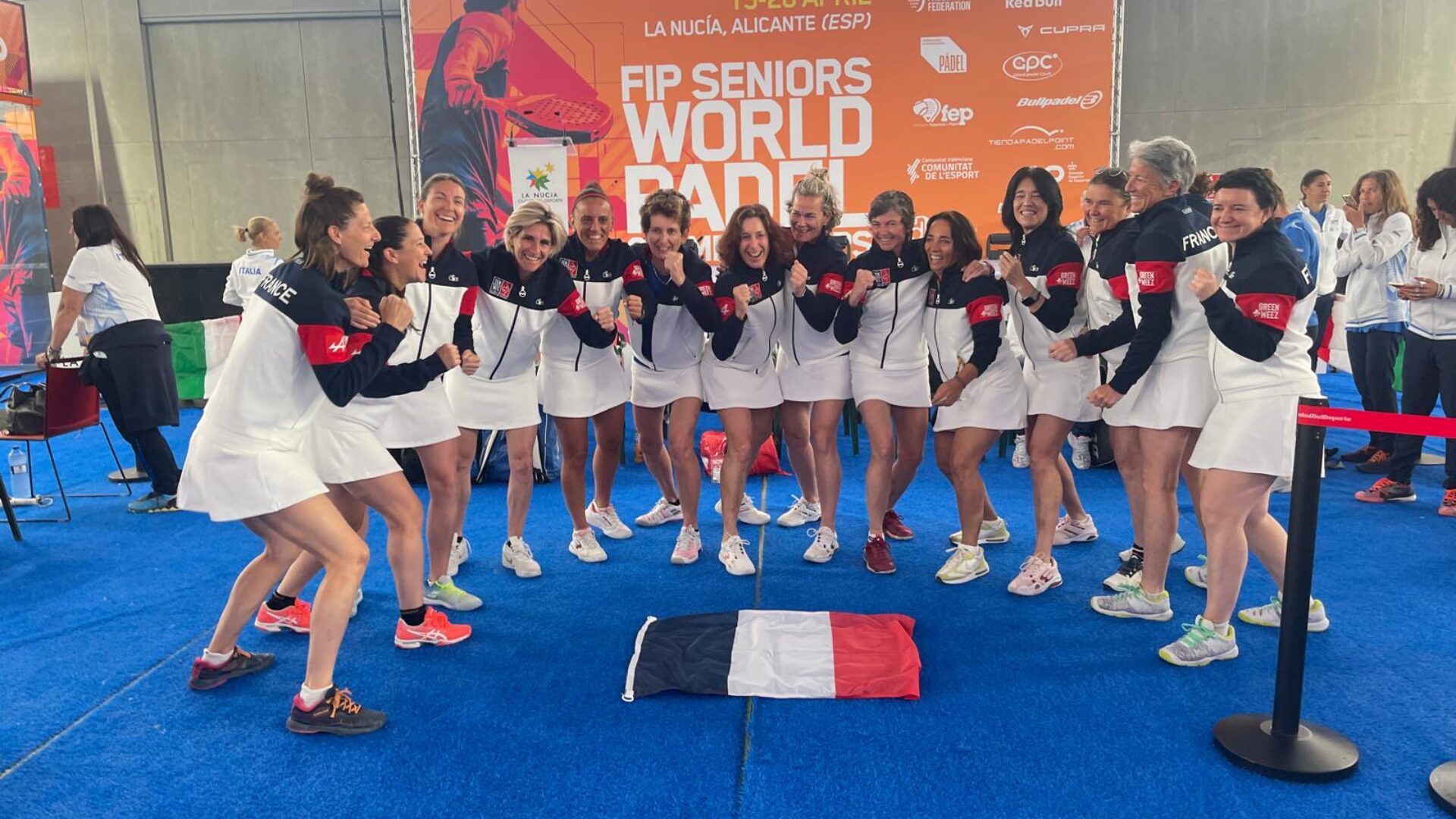 World Seniors Plus 2024: the French in the final against Spain!
World Seniors Plus 2024: the French in the final against Spain!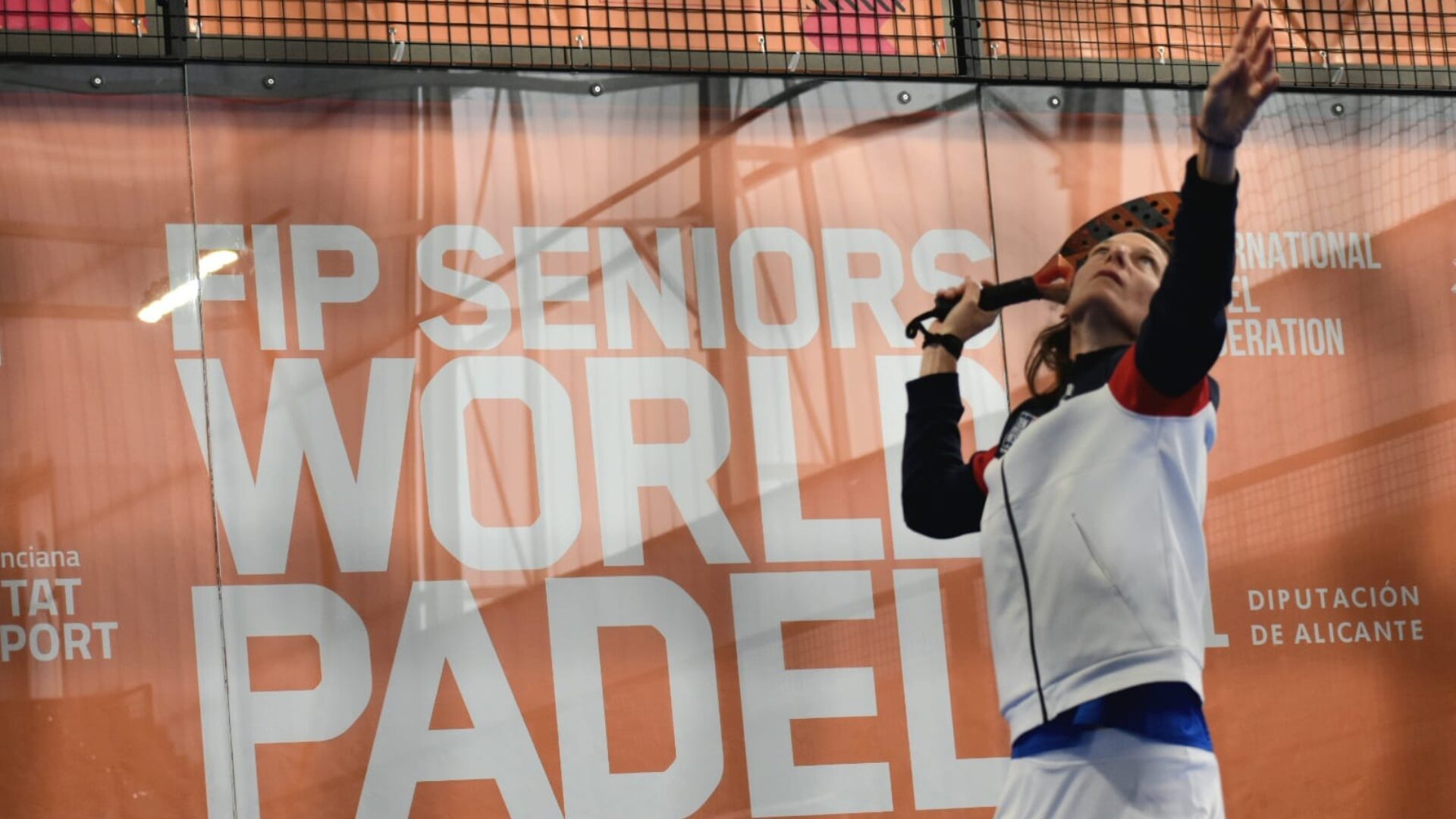 World Seniors Plus 2024 Open (F): the French imitate the French with 4 pairs in the semi-finals
World Seniors Plus 2024 Open (F): the French imitate the French with 4 pairs in the semi-finals World Seniors Plus 2024 Open (M): four French pairs in the semi-finals, and the psychological advantage gained against the Italians!
World Seniors Plus 2024 Open (M): four French pairs in the semi-finals, and the psychological advantage gained against the Italians!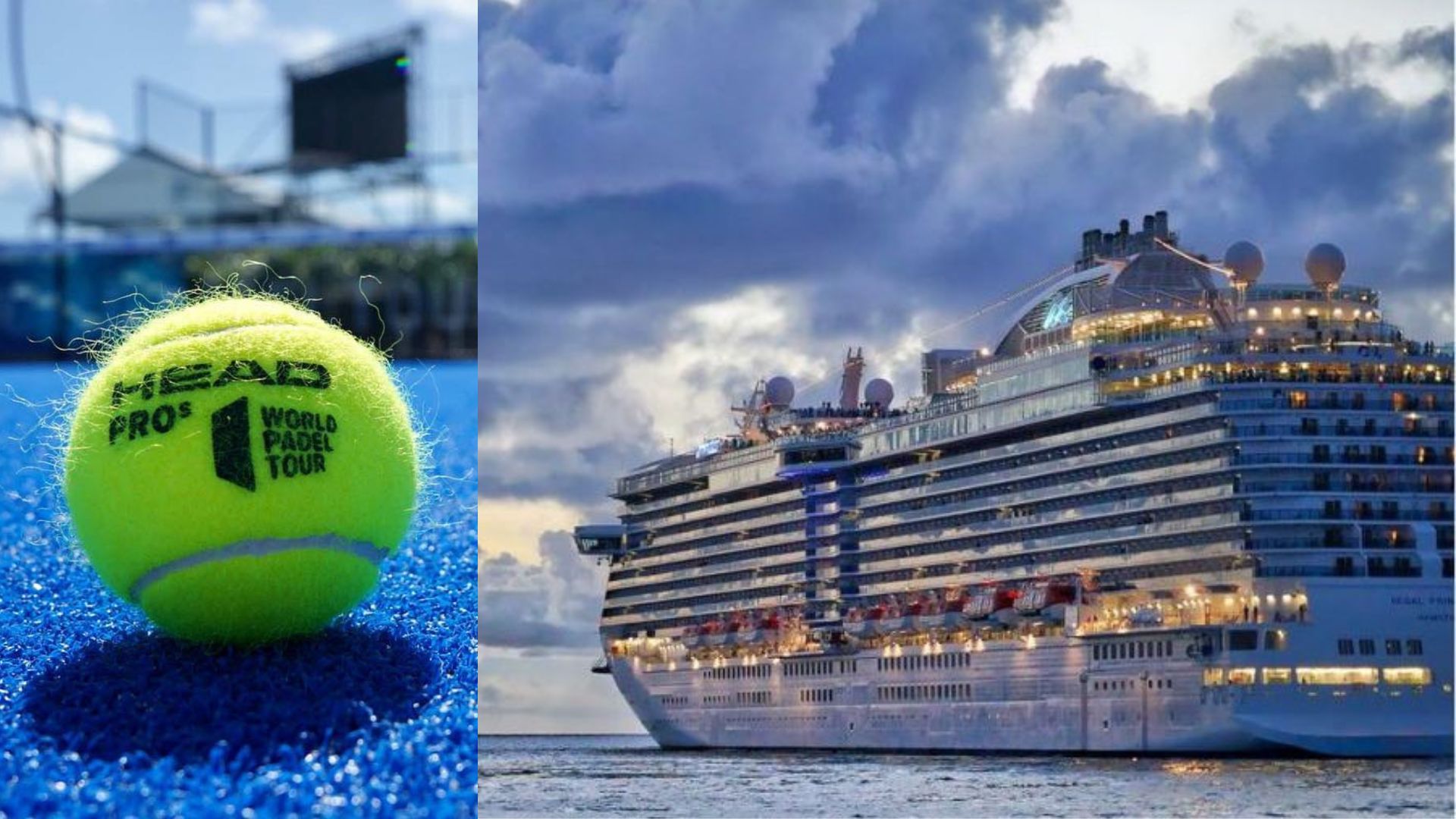 Play at padel on his yacht? Possible for €233.000!
Play at padel on his yacht? Possible for €233.000!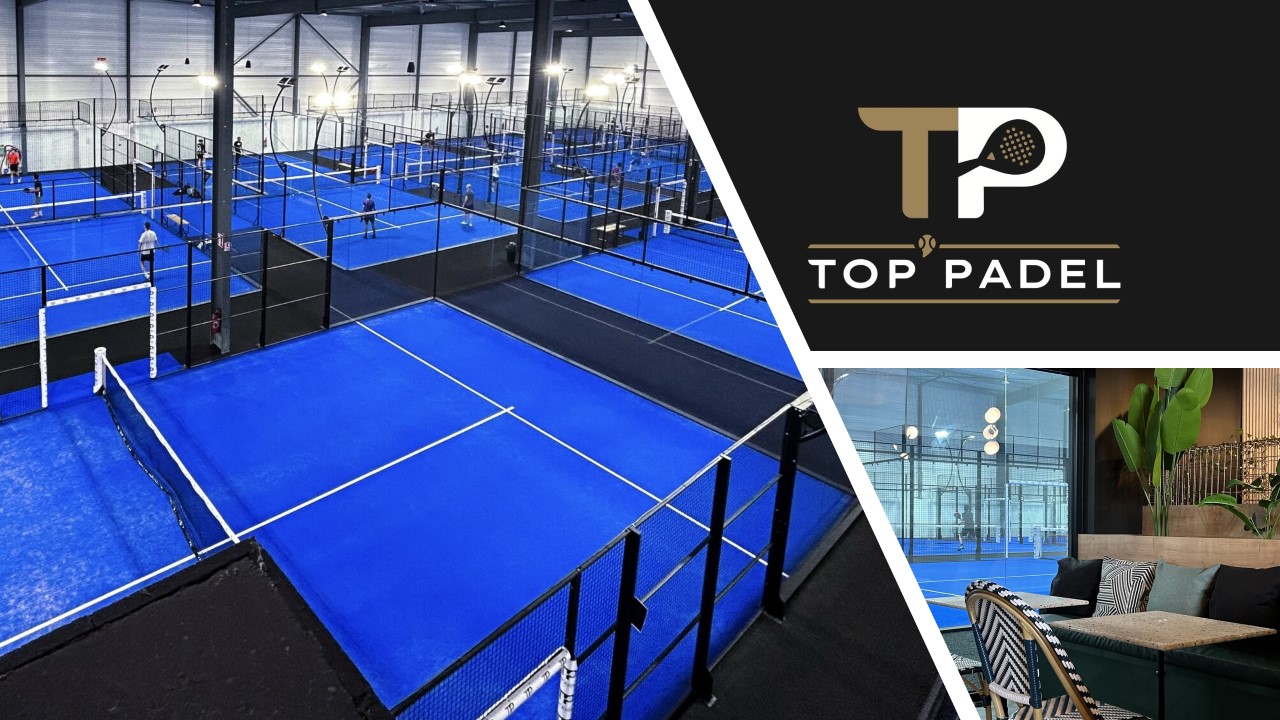 TOP Padel : “A premium club with 10 slopes in Toulouse”
TOP Padel : “A premium club with 10 slopes in Toulouse”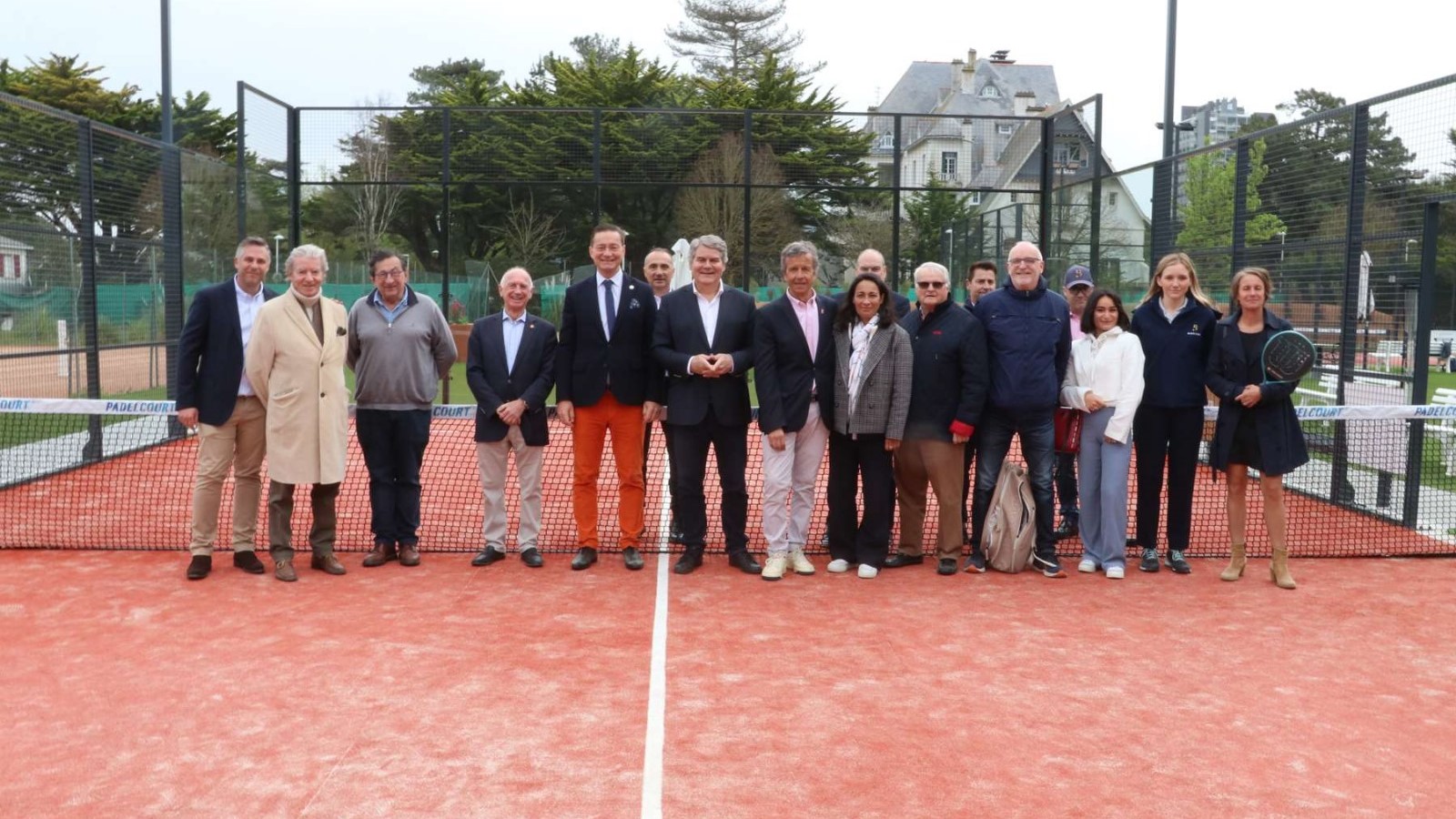 The padel of the Barrière Country Club are born in La Baule
The padel of the Barrière Country Club are born in La Baule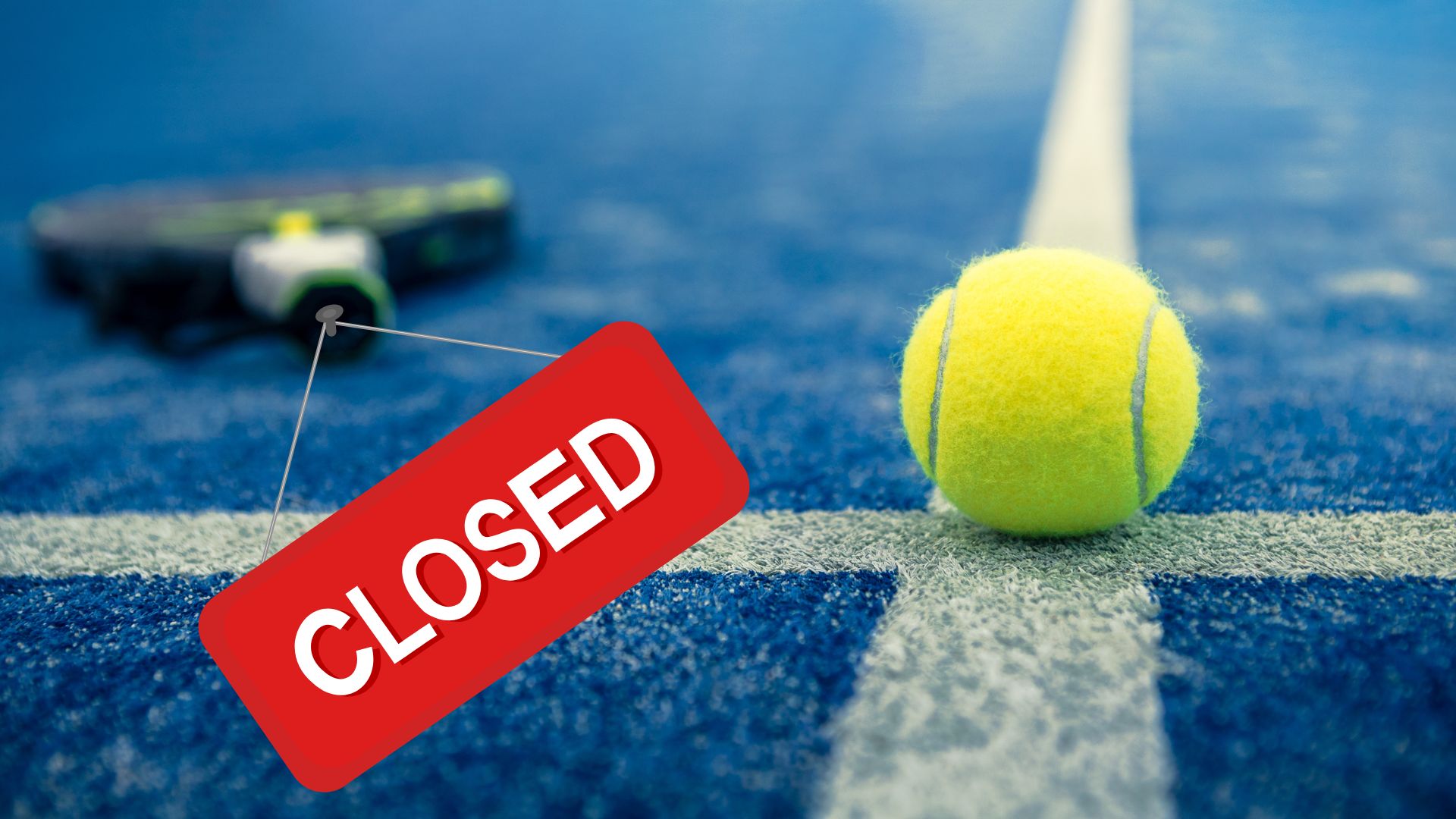 Why clubs padel do they close?
Why clubs padel do they close? The basic tactics of padel
The basic tactics of padel Carbon fiber VS fiberglass: what to choose?
Carbon fiber VS fiberglass: what to choose? How to effectively test a racket padel ?
How to effectively test a racket padel ? At the heart of padel – Episode 23: defend the window well
At the heart of padel – Episode 23: defend the window well Prohibition on playing topless Padel : the reasons
Prohibition on playing topless Padel : the reasons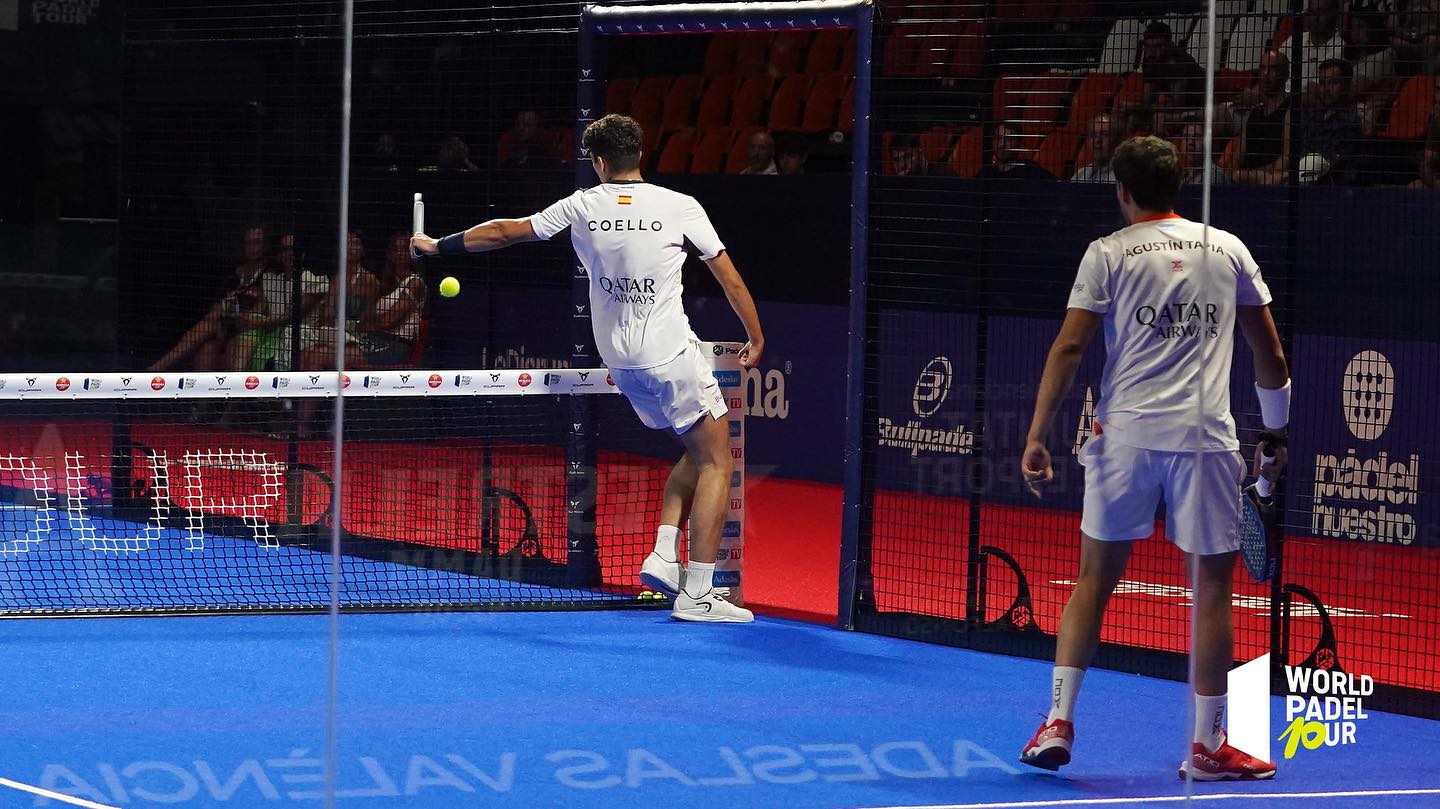 What is the difference between a dormilona, a dejada and a cushioned puerta?
What is the difference between a dormilona, a dejada and a cushioned puerta? FIP Tour – Going far from Europe, THE strategy to earn points!
FIP Tour – Going far from Europe, THE strategy to earn points! What is a good football player? padel ?
What is a good football player? padel ? “Lefties give me headaches when I play against them!”
“Lefties give me headaches when I play against them!” At the heart of padel – Episode 14: how to earn points in winter?
At the heart of padel – Episode 14: how to earn points in winter? La padel to fight Parkinson's disease
La padel to fight Parkinson's disease Don't play with a cracked or broken racket, your body will thank you!
Don't play with a cracked or broken racket, your body will thank you! Michel Cymes: “The padel, physically, it’s serious!”
Michel Cymes: “The padel, physically, it’s serious!” Jeremy Gala: “Promote the padel among young people in Belgium remains a challenge”
Jeremy Gala: “Promote the padel among young people in Belgium remains a challenge” The French Touch Academy organizes its selection day Padel-Study
The French Touch Academy organizes its selection day Padel-Study Report on the detection and training of younger generations
Report on the detection and training of younger generations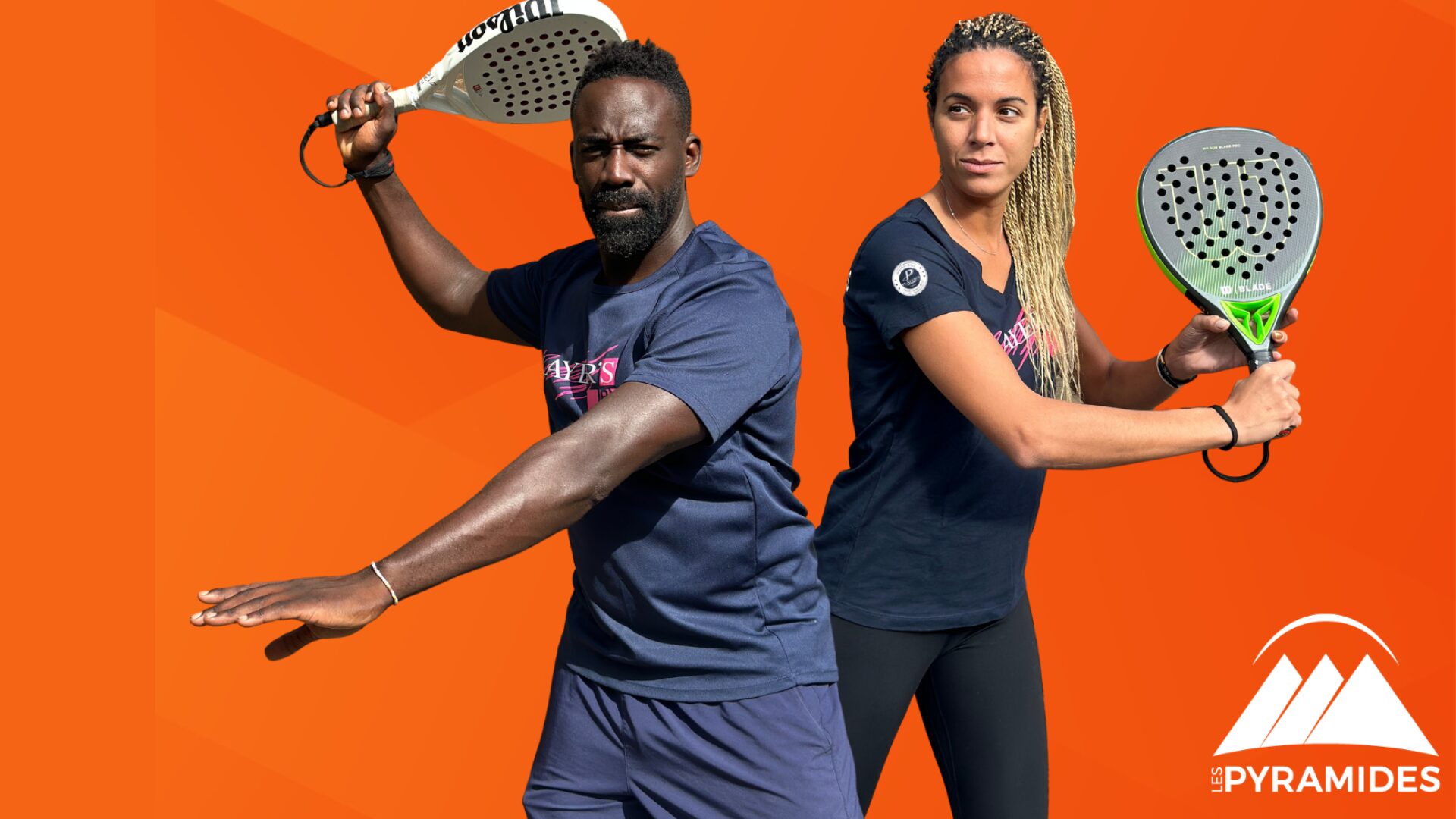 Player's adult courses from April 8 to 21, 2024!
Player's adult courses from April 8 to 21, 2024!